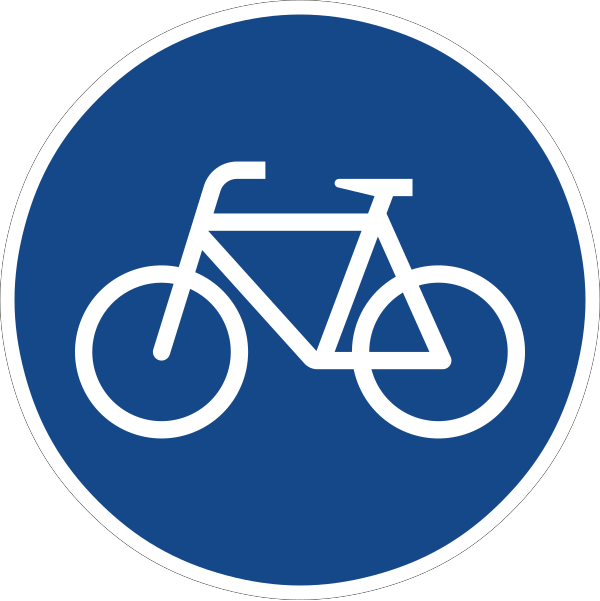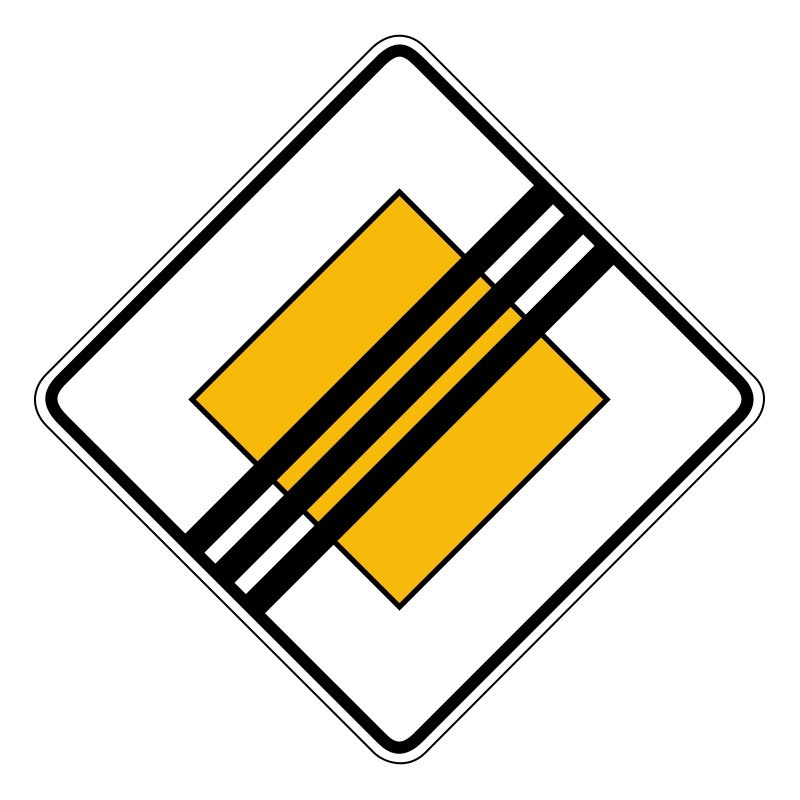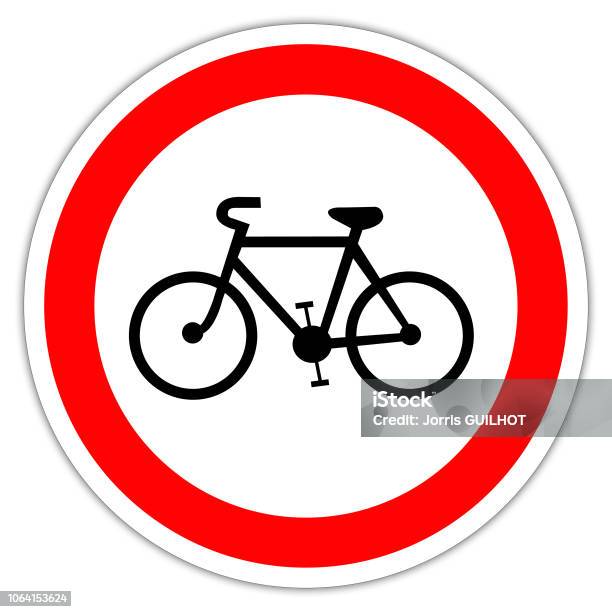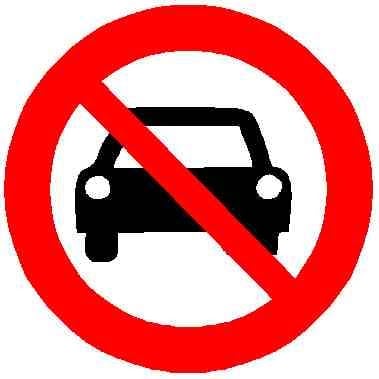Literally all my friends: “yeah it was really nice in [europe/asia] to be able to walk everywhere… But we could never do that back home!”
One of the best posts to ever appear on this community/on this topic
10/10
That sign usually means no entry for bikes so I was confused for a moment
Also fits because tourists would ignore most posted signs.
Don’t signs usually have a line through it when it means “no”, or is that just american signage?

instructions unclear, the banana is up my ass

You missed the “Caution: A Bannana” sign then didn’t you?
there were three bananas before the caution sign and I slipped
European bike lanes (like this one should probably depict) are round and solid blue with a bike depicted on them.

In Europe, lanes, where biking is prohibited are denoted by a round white sign with a relative wide red border (circle) and a bike depicted at its center.

if I didn’t already know better, i would have interpreted these two signs to be synonymous.
i mean red generally means something negative, presuming you’re not colour blind
Yeah a / would make more intuitive.
Neither is more intuitive, it’s just what you’re used to, culturally. Europeans could equally go to America, see a white sign with black symbol and red border and remark upon learning that it indicates a bike lane ‘That’s just not intuitive’.
Bike lanes in NA are denigrated by the police/delivery drivers parking in them.
I feel like a single line through would have been the correct design choice, still, because in practically every other context, that’s what’s used (no smoking signs, for example).
Seems like many, many other places around the world put a line through for road signs (though a couple outside Europe don’t, and even some inside Europe do): https://en.m.wikipedia.org/wiki/Prohibitory_traffic_sign
My 2¢, Europe is wrong on this one, despite being right on so much else haha
A line obscures the thing it’s trying to explain. Visually noisy, hard to read.
Is there a problem having a little line through the thing you’re not supposed to do?
/American (sorry) question
That is used for cancelling a previous sign.


This is also used on town/city signs to indicate when you are leaving it (at least in Poland)
Technically that is also canceling the previous sign that said you are entering the town.
At least in the UK which has a lot of common signage with the rest of Europe you normally just have a red circle sign (generally prohibitive orders) with the picture of a disallowed vehicle in. Or a blank interior for ‘no vehicles’. https://www.gov.uk/guidance/the-highway-code/traffic-signs
In the Netherlands (where this is depicted) it’s typically a white sign with black letters and a red line around it for prohibited, or blue with white text for required
So a white sign with black numbers 80 and a red line around it means prohibited to drive faster than 80, s similar sign with a biker means forbidden for bikes there. If it’s a blue sign with a bike, it means bikes are required ro go here.
A line through it actually means “end of this particular prohibition”
…does a blue sign with a white 80 mean you must travel at least that quickly?..we have minimum speeds posted stateside, although it’s not common…
deleted by creator
I agree the the comic is a bit confusing but to be fair it’s in black and white. A red border would mean no entry but a completely blue background would be only bikes allowed.
It makes sense to think that they are car owners that in their regular life wouldn’t tolerate bikes but on holidays find it great.
If that’s the signs intent, shouldn’t it also have a line through it? (Like the old no smoking signs?)
Yeah, was confused as well, as this is the “no cycling” sign in my country

And this is “No slow moving vehicle” sign

It does?!
With the wide circle that would normally be red it means no bikes beyond this point in Europe and most of the world

well, that’s very counterintuitive for someone from south america. I’d read it as a sign to communicate the presence of bikes to car drivers.
Warning/Attention signs have a triangle shape:

Poor design. If you were colour blind, that sign would be very confusing. It needs a line through it.
For example, these signs all mean not to do something, and anyone should be able to figure that out:

Poor design. If you were colour blind,
Everybody from Europe would get the (un?)intended meaning of the sign in the cartoon (biking prohibited) and it’s black and white. It just needs to be taught once.
Why would color blind people struggle with this sign? There are no similar looking signs which mean something different.
The closest one would be this one:

And any color blind person is able to distinguish those two easily.
I see how it can be confusing for someone not used to it but for anyone who grew up in a country where this is the default it is perfectly understandable.
Accessibility needs to be universal. There may not be other signs like that in a particular city or country, but the rest of the world uses a line through “do not” signs.
Even a child could understand what it means, compared to different random coloured edge markings. And that’s exactly the point.
your defaultism is showing. In fact most of the world uses a white sign with red border to mean a prohibition.
and in fact children need to be taught what traffic signs mean all over the world, they don’t magically know it
In fact most of the world uses a white sign with red border to mean a prohibition.
That’s crazy.
Like, this sign means maximum speed limit, not “don’t go 20”…

To me, it’s illogical.
Like, how on earth would the right be better than the left in explaining that bikes are not allowed?

The use of a red border needs to be consistent, if it were to mean prohibition. Yet, it’s not 🧐
All language and meaning is rooted in culture - including pictograms.
What would lead to the highest rate of adoption would be universality - both in use and in meaning, which, unfortunately isn’t there yet.
Some european countries use the “crossed out” version on all prohibition signs (circular, black on white with a red outline, and the rest only on directional arrows. No state doesn’t use them, thus failing the secind aspect of universality (consistency).
In general, a red circle means “no”, regardless of it being crossed out. Swapping the red outline for black (and adding in the cross for good measure) suddenly makes the sign mean “now yes”.
Blue signs (obligation) sometimes carry stronger instructions than red ones, and often times the same (e.g. “no tirning left” or “you can only go right” mean the same).
Some places, for readability’s sake make the cross made of multiple thinner lines with empty space, showing the pictogram underneath.
However, what you showed is in fact poor design, as opposed to what you’re calling poor design yourself.
Most people aren’t colorblind in that they don’t see any color (just shades of grey), most, in fact, do see some colors.
Wanting to be fully inclusive, we have three main categories of signs to cover (currently used under the Vienna convention). These are: Obligatory signs (red on blue, no outline), Prohibitory signs (black on white, red outline) and End of prohibition (black on white, black outline, crossed out).
These signs can be fully distinguished by someone truly colorblind - the first group of signs has no outline, the second does, and the third is additionally crossed out.
Sure, the second and 3rd categories could’ve been swapped out (red being additionally crossed out and black not).
However, the Vienna convention was written in the late sixties, pretty much at the apex of black-and-white photography. So, on a b&w photo, a red sign wouldn’t be red. It being crossed out (and black), someone not colorblind would probably jump to the conclusion that, crossed out, it wasn’t important. The outline gives some additional contrast on a light background, carrying a resound meaning - “yes” or “no”.
That’s why this style was chosen. It’s a vestage of a bygone era, but in context it makes sense. And, with “true” color blindness being kind of like a black-and-white camera, the current arrangement is in fact probably the best for colorblind people.
Additionally, when rolling down a highway past the sign you glanced at only for a split second, the red cross would only serve to obscure the pictogram. The pictogram being whole aids in legibility. If it’s the end of the prohibition, it not being as clear seems to be the better alternative.
Poor design. If you were colour blind, that sign would be very confusing.
No it wouldn’t. That border shape only exists in red for prohibitions. Even if you were colour blind you could see the border. There is no other sign you could mix it up with.
The strikethrough is in use for a different purpose, to cancel a previous sign (i.e. end of the bike lane).
We go through all the trouble of making signage without language barriers and still can’t communicate, it’s ridiculous. I would 100% misunderstand European signs in a quick moment even knowing what they should mean, because I have to unlearn 40 years of sign instinct.
Yet you can understand a red light, even without a strike through. Europeans just consistently transferred the principle. A crossed out sign means the regulation ends there, which is extremely intuitive.
same for Europeans in America, we would think all your bike lanes are forbidden for bikes
This comic is ablest. Bikes are ablest. Anything walkable is ablest. Arguing with me about it is ablest. Downvoting this comic is ablest. Everyone but me is ablest.
No, I will not talk about wheelchair accessible infrastructure ever.
[Mod hat on] A note to the person who reported this (and probably some of the downvoters): I appreciate your concern and if I thought this were actually trying to argue against biking and walkability as being “ableist” I’d certainly remove it for misinformation/trolling, but it’s obviously dripping with sarcasm so I won’t. Nevertheless, keep the reports coming because I do take every single one of them seriously.
[Mod hat off] To @UnderpantsWeevil: your joke would’ve been a lot funnier if there had actually been somebody in this thread holding the position you’re trying to mock (and quibbling about sign legibility isn’t that). As it is, it’s kind of a weird non-sequitur that definitely didn’t land the way you intended.
haha get out.
Nobody says this lol
You ever heard of a hyperbole?













